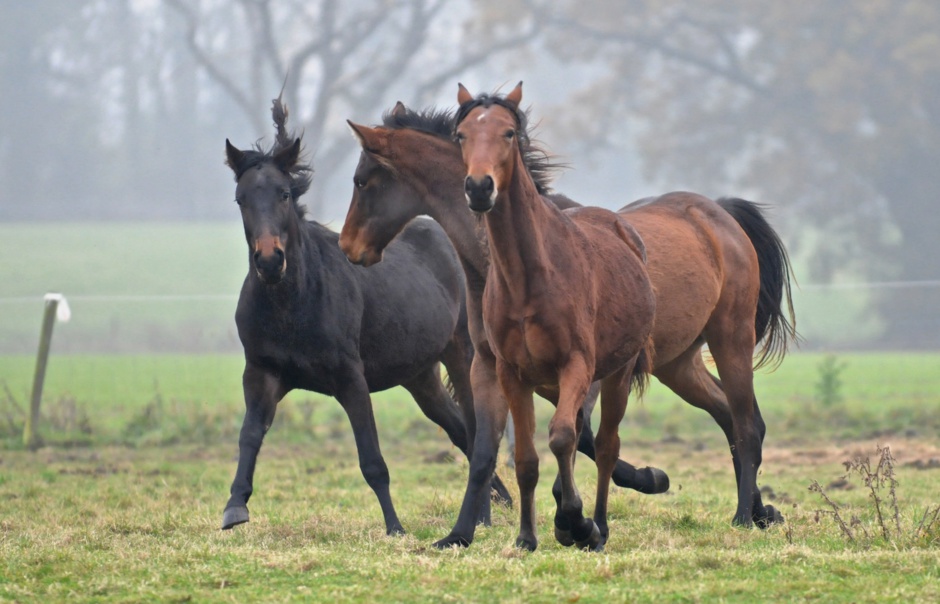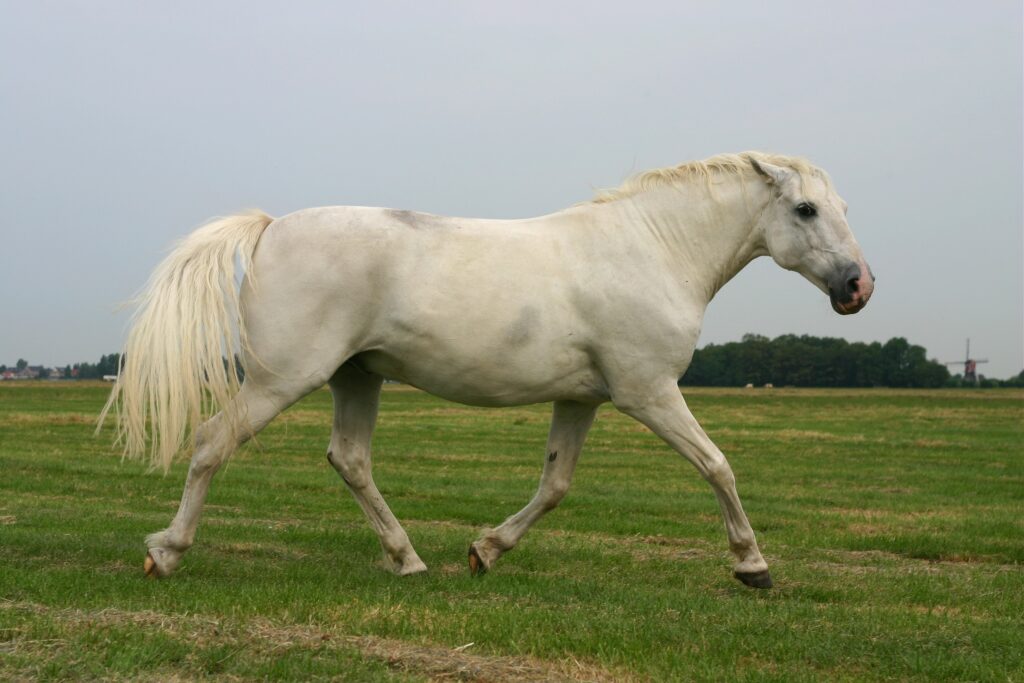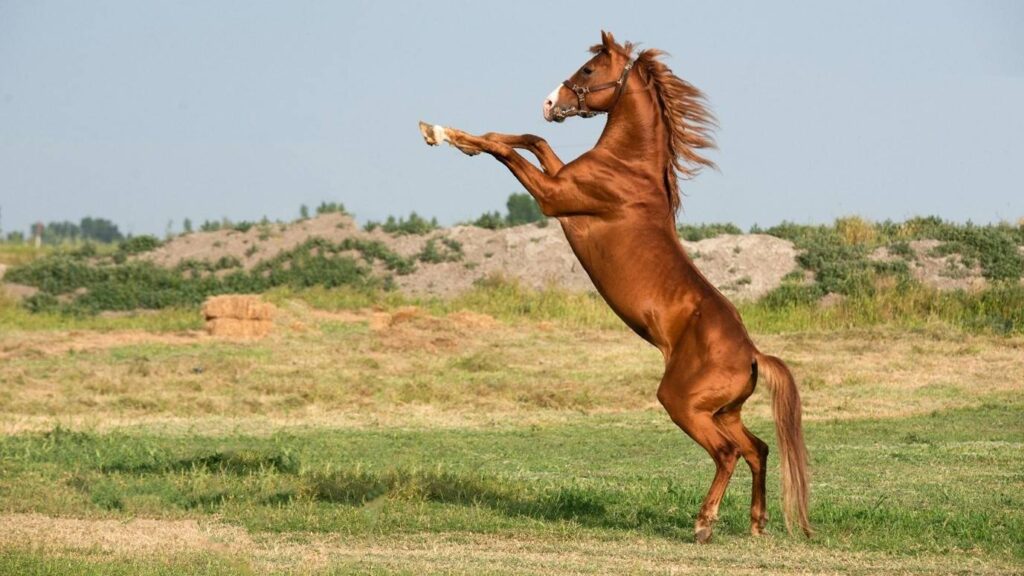In the realm of equestrianism, horse rider communication serves as the cornerstone of a successful and rewarding partnership between the rider and their steed. The ability to effectively communicate with a horse is not just a skill but an art form that can be honed over time. Whether you are a seasoned equestrian or a novice rider, understanding the nuances of horse rider communication is essential for achieving harmony in your riding endeavors.

Understanding the Basics of Horse Rider Communication
At its core, horse rider communication is about establishing a connection that transcends verbal language. Horses, being highly perceptive animals, respond to subtle cues and body language. This form of communication involves the rider’s ability to convey intentions clearly and consistently to the horse.
The Importance of Body Language
Body language plays a pivotal role in horse rider communication. A rider’s posture, movements, and facial expressions can convey a wealth of information to the horse. Maintaining a balanced and relaxed posture communicates confidence and helps the horse feel at ease.
Using Voice Commands
Voice commands are another integral aspect of communication. While horses may not understand words in the same way humans do, they can learn to associate specific sounds or tones with particular actions. Consistency in using voice commands is key to effective voice command training.
Building a Strong Connection with Your Horse
A strong connection between horse and rider is built on trust and mutual respect. This connection forms the foundation for effective horse rider communication.
Establishing Trust
Trust is earned through consistent and positive interactions. Taking the time to groom, feed, and care for your horse fosters a sense of security and trust. Engaging in activities that your horse enjoys can also strengthen your bond.
Implementing Positive Reinforcement
Positive reinforcement is a powerful tool in horse rider communication. Rewarding desired behaviors with treats, praise, or a gentle pat encourages the horse to repeat those actions. For more on this, visit positive reinforcement techniques.
Advanced Techniques in Horse Rider Communication
Once the basics are mastered, riders can explore advanced techniques to enhance their communication skills.
The Role of Pole Work
Pole work exercises can improve a horse’s responsiveness to cues and enhance coordination. Incorporating pole work into your routine can deepen your communication with your horse.
Dealing with Stubborn Horses
Every rider encounters a stubborn horse at some point. Understanding the reasons behind a horse’s stubbornness and employing gentle persuasion can improve communication. For tips, check out dealing with stubborn horses.
Common Challenges in Horse Rider Communication
Despite best efforts, challenges in communication can arise. Recognizing and addressing these challenges is crucial for maintaining a harmonious relationship.
Overcoming Fear and Anxiety
Fear and anxiety can hinder effective communication. Riders must work on building their own confidence as well as helping their horse feel secure and relaxed.
Avoiding Miscommunication
Miscommunication can occur due to unclear signals or inconsistent cues. Regular practice and feedback from experienced trainers can help refine communication skills.
The Role of Training in Enhancing Communication
Training is an ongoing process that enhances horse rider communication. Structured training sessions provide opportunities to practice and reinforce communication skills.
Timing of Training Sessions
Understanding the optimal timing for training sessions can impact their effectiveness. To learn more, explore training session timing.
Incorporating New Techniques
Staying informed about new techniques and methodologies in horse training can keep communication skills sharp. For additional insights, visit horse training tips.
Conclusion
Mastering horse rider communication is a journey that requires patience, dedication, and a willingness to learn. By understanding the fundamentals, building a strong connection, and honing advanced techniques, riders can achieve a harmonious and fulfilling relationship with their horses.

FAQ
What is the importance of body language in horse rider communication?
Body language is crucial as it conveys confidence and direction to the horse, helping establish a clear line of communication.
How can I improve my communication with a stubborn horse?
Understanding the reasons for stubbornness and using gentle persuasion along with positive reinforcement can improve communication with a stubborn horse.
Why is trust important in horse rider communication?
Trust forms the foundation of a strong bond between horse and rider, leading to more effective communication and a harmonious partnership.
This article contains affiliate links. We may earn a commission at no extra cost to you.







